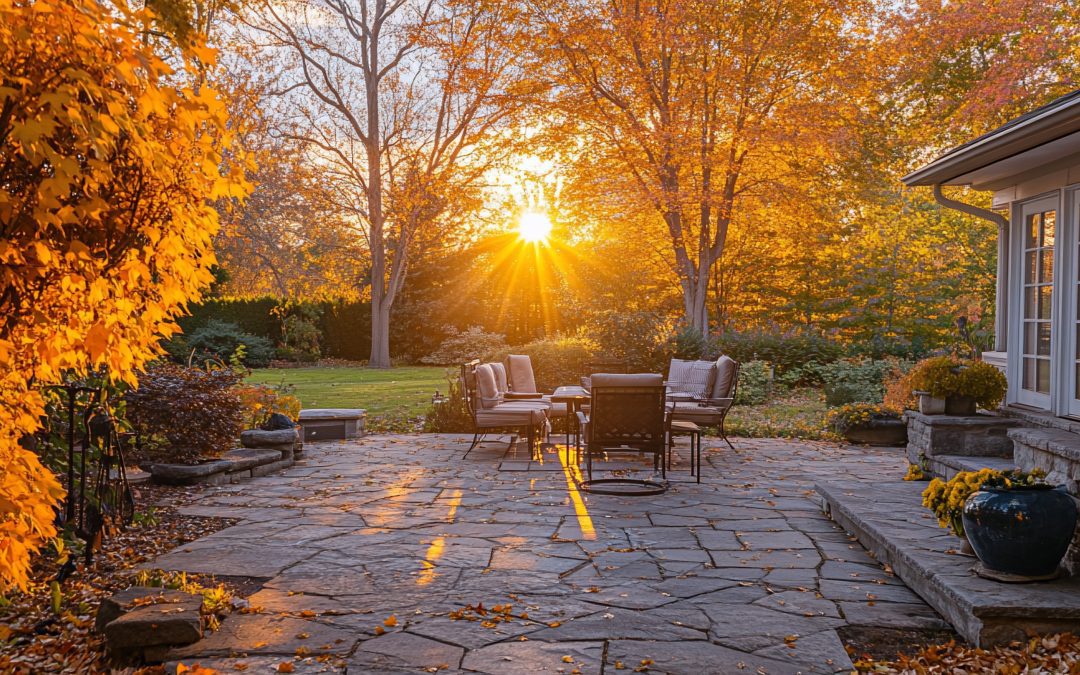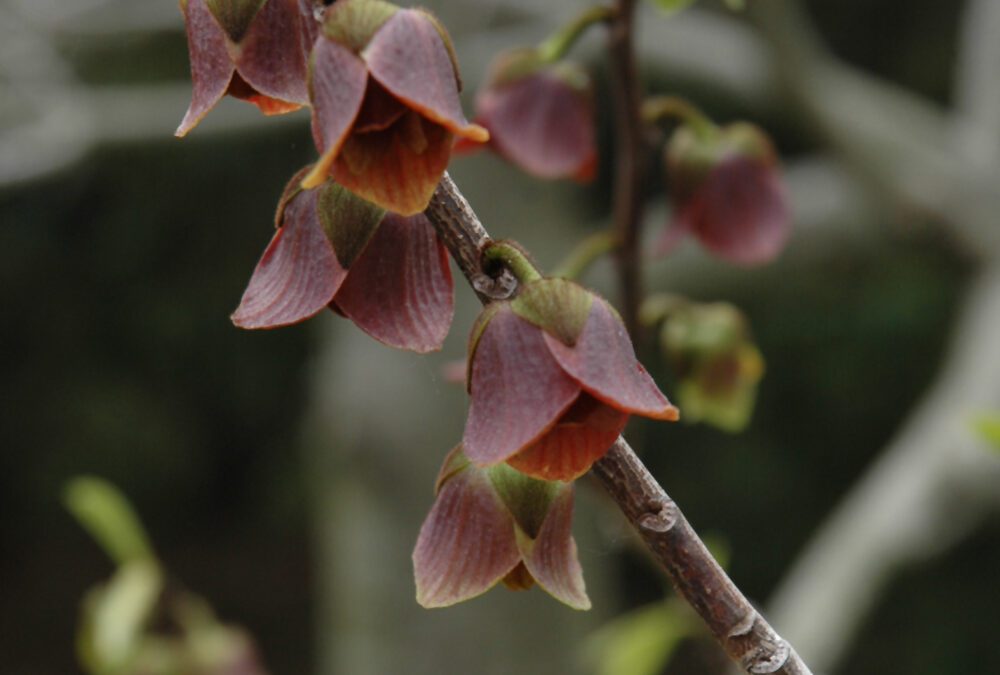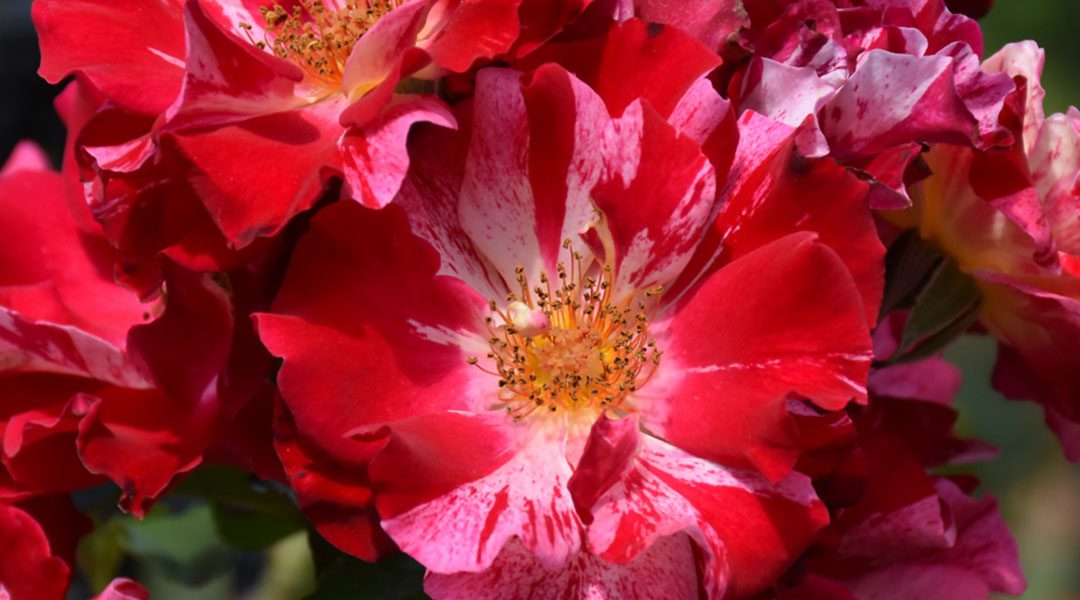What Makes Native Plants a Smart Choice? Native plants are perfectly adapted to Chicagoland’s Zone 5 climate, meaning they thrive with less maintenance. They offer food and shelter for birds, bees,...

| Light Requirements | Full Sun (more than six hours of sun) |
|---|---|
| Product Size | 2 Gallon Pot |
| Shrub Max Size | Medium (Max Size 4-6 Ft) |
| Bloom Duration | Long (more than one month) |
| Bloom Time | Summer (June, July or August) |
$34.99
Add a bold splash of color to your garden with the Petite Knock Out® Rose (Rosa ‘Meibenbino’ PP30,811). As the first-ever miniature Knock Out® Rose, this compact beauty delivers the same vibrant blooms, disease resistance, and easy-care nature as its larger counterparts, all in a petite package perfect for small spaces and containers.
Whether you’re looking to enhance your patio, balcony, or garden border, the Petite Knock Out® Rose offers vibrant color, compact size, and ease of care, making it a delightful addition to any Chicagoland garden.
Visit our Bloomingdale, IL or Carpentersville, IL stores for local pickup!
Out of stock
More for You

What Makes Native Plants a Smart Choice? Native plants are perfectly adapted to Chicagoland’s Zone 5 climate, meaning they thrive with less maintenance. They offer food and shelter for birds, bees,...

What Is a Common Pawpaw Tree? The Common Pawpaw (Asimina triloba) is a native North American fruit tree known for producing custard-like tropical fruit—right in your own backyard. With flavor notes...

When it comes to adding romance, drama, and vertical beauty to a garden, climbing roses are a timeless choice. With their arching canes and generous blooms, they bring old-world charm to fences,...